Is Chris Bowen’s methane reduction pledge (e)mission: impossible?
Chris Bowen is set to commit Australia to reducing methane emissions by 30 per cent. But no one knows how we’re going to do it.
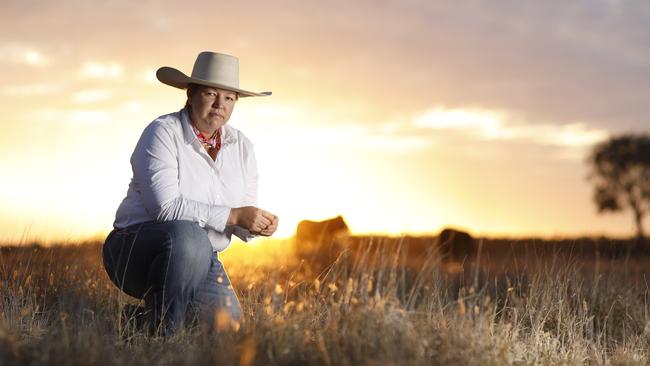
When Climate Change Minister Chris Bowen struts the stage at the UN Climate Change Conference in Egypt next week, he will officially commit Australia to reducing methane emissions by 30 per cent over the next seven years.
The problem is, no one knows how we’re going to get there.
It’s a lofty ideal, particularly given the decision to sign up to US President Joe Biden’s global methane pledge was completely unheralded before the federal election just a few months ago.
The pledge will task industries, mainly the livestock and resources sectors, with changing their ways to reduce or capture the methane their production methods release.
Bowen’s surprise announcement last month that the government would sign the pledge was revealed by The Australian as the government and industry came together to hash out an agreeable way forward. At the heart of the discussion was how to sell the livelihood-altering pledge to farmers whose herds and flocks produce methane when plant matter breaks down in their stomachs.
The unfortunate side-effect makes the livestock sector responsible for about 48 per cent of Australia’s methane emissions and 25 per cent of the country’s total greenhouse gas emissions.
While meat-industry lobby groups have supported the reduction target, some farmers see the pledge as a threat to their vocation. Similar sentiment has been shared globally as other countries tackle the emissions problem.
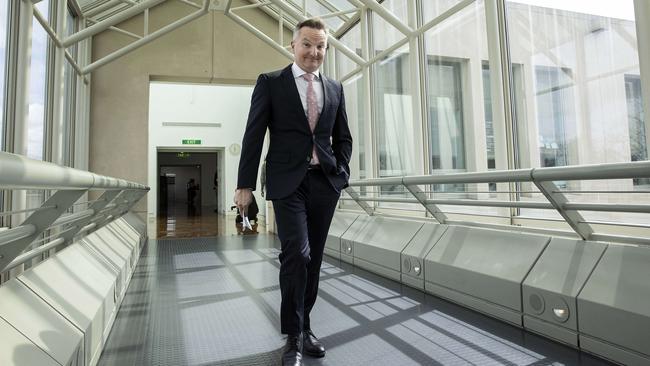
New Zealand Prime Minister Jacinda Ardern’s proposal last month for a new farm levy to reduce livestock methane emissions by 10 per cent, dubbed a “burp tax”, led to nationwide protests from farmers fearing they will be forced out of business.
In Ireland, farmers have hit back at the government’s plans to reduce livestock methane emissions by 25 per cent over the decade. There was a massive uproar by Dutch farmers, who drove their tractors on to busy highways after the government announced intentions to buy out farmers and reduce herd numbers to halve nitrogen emissions by 2030.
In Australia, livestock’s exact share of the 30 per cent reduction has not been specified and indications are the mining and gas industries – responsible for about a third of methane emissions – will be charged with the heavy lifting, as they have in the US. Bowen says the methane pledge is “non-binding” and the Albanese government will not be joining the burp-tax bandwagon.
But that’s not enough for some farmers, who see the pledge as a Trojan horse for compulsory measures down the track and have called on Anthony Albanese to enshrine protections in legislation or sign a written guarantee that it will not negatively affect the livestock industry.
“Words are just words,” NSW Farmers president Xavier Martin tells Inquirer. “At the moment, we’re looking across the ditch to New Zealand and seeing words meant nothing there.”
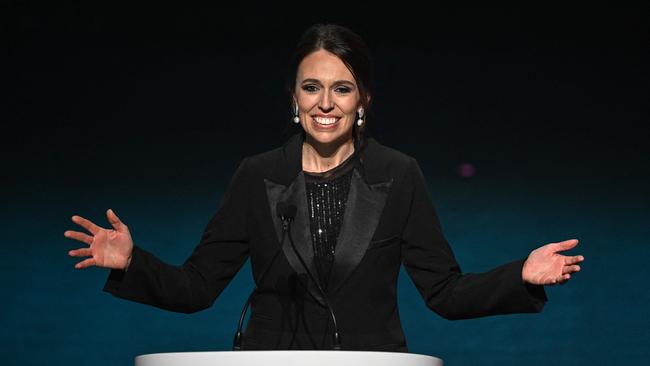
Nationals leader David Littleproud claims it will end the backyard barbecue, while Agriculture Minister Murray Watt argues signing the pledge is necessary to “keep the export door open” with sustainability-conscious trading partners. While the decision to sign the pledge came as a surprise, the need to reduce methane emissions has been long foreseen.
Australian researchers and industry groups have been developing products and methods to give farmers a chance to make the necessary cuts. Technological solutions are developing rapidly, but most are not yet wholly proven or commercially viable.
Australian Dairy Farmers president Rick Gladigau says signing the pledge before the establishment of “viable pathways” for methane mitigation is “ill-timed and ill-informed”.
The native seaweed asparagopsis is a frontrunner in the race to develop a silver bullet. The red seaweed is rich in bromoform, which inhibits the production of methane in the stomachs of ruminants by between 80 and 98 per cent.
Tests show cattle require just 50g a day for it to be effective. Even better, users of asparagopsis have noticed production benefits in their livestock.
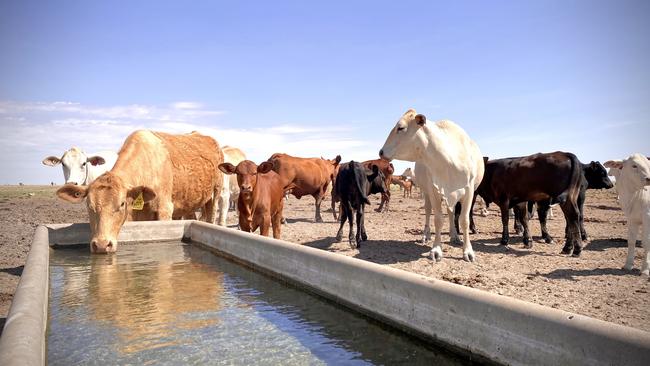
Three companies in Australia – Sea Forest in Tasmania, SeaStock in Western Australia and CH4 Global in South Australia – are licensed to sell the CSIRO-developed product. Each has slight tweaks on growing, harvesting and delivery methods. It’s grown both at sea and in land-based tanks, but, not yet in enough volume to supply the nation’s 74 million sheep or 27 million cattle.
SeaStock managing director Tom Puddy says the company will soon produce a tonne of ocean-grown seaweed a month from a facility near Abrolhos Island, 450km north of Perth. It plans to harvest 500kg a month from an onshore facility near Fremantle by March.
“We initially started off building a pilot plant that’s rapidly grown into more of a commercial-scale plant based on the demand that we’re seeing,” Puddy says.
“What this plant will do is prove our ability to develop larger-scale land-based facilities along the WA coast and other locations that would be 10 times the size.”
The cost of feeding the seaweed-infused oil to livestock is about $1.50 a day foe each animal, but, as it scales up, SeaStock wants to get that to between 50c and $1.
“The additional benefit is the productivity gain,” Puddy says.
“A beef producer is not only looking at it from the methane reduction side, they’re seeing the results of around 20 per cent prod-uctivity gains in intensive animal production.
“That that’s a big economic lever.
“2030 certainly gives this industry around asparagopsis cultivation time to prove-up the science and the reproductive systems move into full-scale production.”
While asparagopsis is already in limited use in intensive agriculture and feedlot systems where cattle and sheep are fed daily, 92 per cent of the country’s herd remains far out of reach, grazing on vast stations where they cannot be handfed.
Solutions for rangeland livestock include adding methane-reducing substances to nutrient-rich lick-blocks, already used by graziers, or slow-release water-soluble additives.
Toowoomba-based DIT AgTech recently launched a world-first supplement that enables delivery of methane-reducing supplements via drinking water.
The supplement contains the additive Agolin, which can be safely suspended and delivered into a water trough via a satellite controlled water tank.
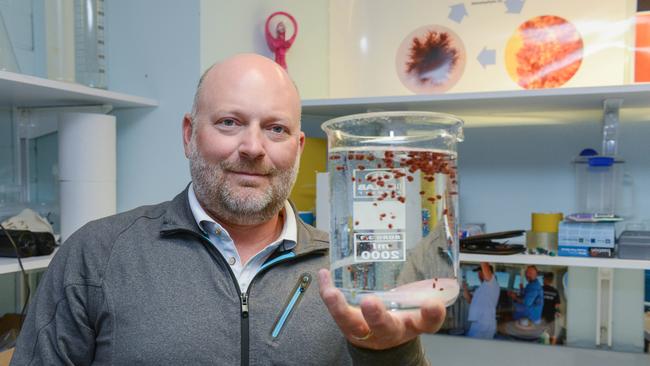
At a daily cost of about 15c a head, it reduces methane expulsion by 10 per cent. The next step for the company is to trial other additives that could yield even greater results.
“It’s a very exciting opportunity for our little Aussie company to have brought this product to market that we can show society that we actually have a viable way to reduce methane at scale, and to meet these really ambitious targets of 2030 to reduce methane by 30 per cent,” DIT AgTech founder and chief executive Mark Peart says.
North Queensland grazier Marcus Curr, who runs a wagyu herd over 155,000ha, has been an early adopter of DIT AgTech’s water-delivery system for nutrients and will soon take up the supplement additive to reduce methane.
“It’s a lot more efficient than using a lick-block,” he says.
Another method being studied to solve the methane problem is genetic selection.
A five-year NSW project is using emissions monitors to measure carbon dioxide and methane output of individual sheep and cattle. The heritable traits of lower emissions stock can then be bred into future bloodlines.
The University of Queensland, which is working on four methane-related projects, has developed biodegradable devices that, once swallowed, can sit in the stomach of a cow and slowly release a gas-reducing bioactive compound. Some producers are opting to fatten livestock more efficiently and harvest earlier to reduce the methane expelled over a lifetime.
Josie Angus, whose family runs 35,000 cattle across four properties and manages a feedlot and abattoir, is reluctant to adopt somewhat untested technology.
She describes the pledge as a “methane bullet that’s loaded in the gun and on its way to being cocked”.
“It’s hard to see how this has gone well for anyone else around the world, particularly at the producer level,” Angus tells Inquirer.
“The technology is just not there yet.”
She is concerned about potential carcinogenic effects of bromoform extracted from asparagopsis and does not trust the government to honour its commitment not to mandate methane reduction for farmers.
“I think those kinds of promises are easily reneged on and we’ve just seen a number of regional initiatives ripped out of the budget that were supposedly to pay for the bush’s commitment, given on our behalf, in terms of net zero,” Angus says.
“When you look at Ireland and the Netherlands and New Zealand and those countries that are now facing the real consequences of where this goes, I don’t think we’ve thought it through.”
The question remains: can we hit the target?
The consensus seems to be that it cannot be done via the agriculture industry alone, and certainly not without sustained, increased funding.
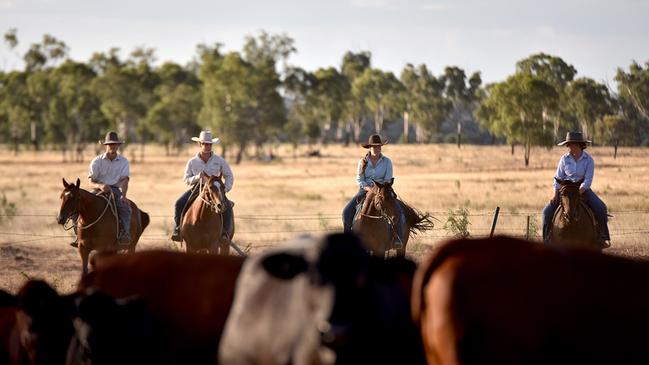
Solutions also exist to capture methane from landfill, responsible for about 10 per cent of emissions, and there are options for coal and gas industries to capture fugitive emissions from their operations.
Last Tuesday’s federal budget included $8.1m to support the commercialisation of asparagopsis, but researchers say that is a fraction of what is needed to meet the 2030 deadline.
Since 2017, Meat and Livestock Australia has invested $200m for emissions-reduction research, including several methane projects.
MLA managing director Jason Strong says the sector is well on its way to meeting its own voluntary target, set in 2017, to be carbon-neutral by 2030.
“Most of the industry’s reductions to date have been via carbon storage in vegetation and increased efficiency,” he says.
“It is expected that much of the remaining net emissions reductions will be absolute reductions in methane, which requires ongoing investment in research, development and adoption.
“Since 2005, the industry has accomplished a 59 per cent reduction in greenhouse gas emissions. That demonstrates progress in ways that still support or improve the productivity and profitability of the industry.”
With all the optimism of an entrepreneur, Peart says reducing methane emissions by 30 per cent by 2030 is achievable.
“It’s a big task,” he says.
“I know that by delivering these methane additives … and getting these projects registered to claim carbon credits, we have a really great chance to meet those targets.”
On his cattle station near Mount Isa, Marcus Curr is less certain.
“I’ve got no idea,” he admits. “I guess all you can do is what you do and do your bit.”


To join the conversation, please log in. Don't have an account? Register
Join the conversation, you are commenting as Logout